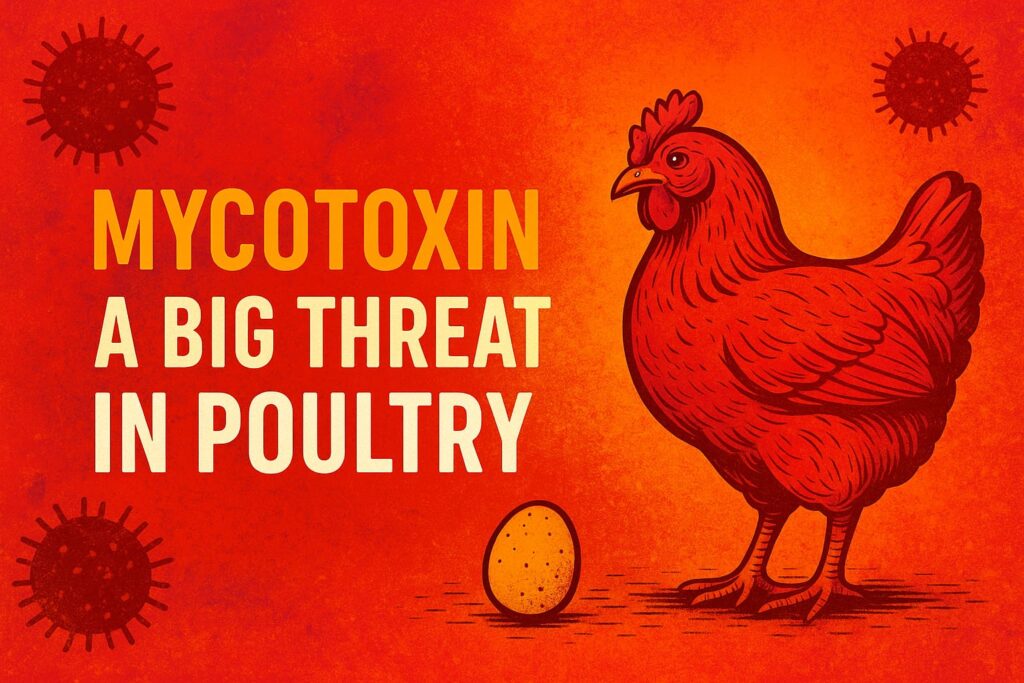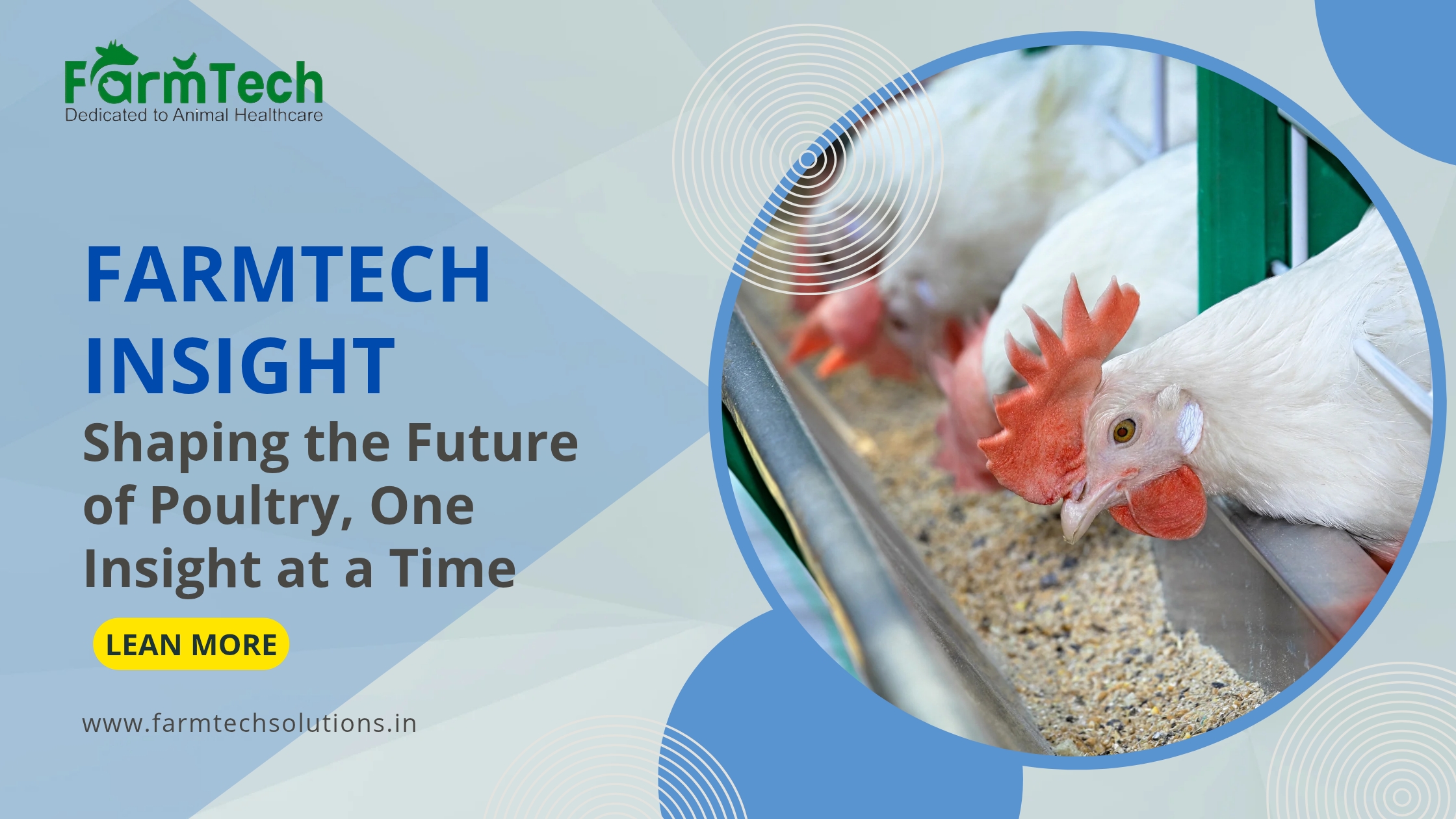The Great Reset in Poultry Feed Additives: How Big Integrators Are Reshaping the Feed Additives Market
From Fragmentation to Consolidation
India’s poultry industry is undergoing a rapid transformation. What was once a highly fragmented sector dominated by small farmers and regional players is now consolidating into fewer, larger hands. Integration—where a single entity manages multiple stages of the poultry value chain (breeder, hatchery, broiler, processing)—is becoming the norm rather than the exception.As more independent farmers align with integrators, or are absorbed into larger companies, the number of individual clients for feed additives, medicines, and health supplements is steadily declining. The traditional sales model—where dozens or hundreds of small buyers were catered to through a vast distributor and field force network—is no longer sustainable.
Impact on Feed Additive & Poultry Medicine Companies
This structural change is reshaping how companies operate at every level:
1. Direct Supply Replacing Distribution
Historically, pharmaceutical and feed additive manufacturers relied heavily on multi-tier distribution—C&F agents, stockists, and regional distributors—to reach end-users. But today, large integrators are bypassing this chain, demanding direct supplies from manufacturers with bulk pricing, payment terms, and customized support.
2. Distributors Losing Relevance
Distributors, once the backbone of the poultry health market, are seeing their roles diminish. As integrators grow stronger and more self-sufficient, the need for middlemen is evaporating. The modern integrator wants:
Direct pricing from manufacturers
Customized solutions
Technical backup instead of sales talk
Centralized procurement for multiple locations
This leaves many distributors with shrinking territories, tighter margins, and reduced influence.
3. Sales Teams Shrinking
With fewer clients to service and key decisions concentrated at the integrator’s head office, companies are cutting down their field force. Where once 10 people were needed to cover a region, now just 2–3 might suffice. The sales model is evolving from relationship-driven selling to institutional B2B sales, requiring a different skill set and approach.
Rise of Direct Imports & the China Factor
Perhaps the most disruptive trend is the direct import of feed additives and medicines from China—not just by large manufacturers, but now by integrators and big importers themselves.
Why This Shift?
Cost advantage: Chinese products are often 20–40% cheaper, especially when imported in container loads.
Easy access: Sourcing agents and import facilitators have made it easier to deal directly with Chinese suppliers.
Volume leverage: Large integrators are able to import in bulk, negotiate better rates, and bypass Indian manufacturers altogether.
This has further weakened India-based companies with “me-too” products—those offering generic additives or basic formulations without differentiation. Unless these companies offer something unique—be it better bioavailability, encapsulation, multi-functional blends, or trial-backed performance claims—they risk becoming irrelevant.
Margin Pressure & Business Model Stress
As buyer power increases, manufacturer margins are shrinking. Integrators, with their volume advantage, now call the shots:
They negotiate harder
Demand lower prices
Expect after-sales technical support
Push for credit terms
Companies are forced to operate on razor-thin margins, especially if their products lack technical edge or brand value. Many are turning from branded to white-label supply, while others are trying to exit B2B altogether and explore B2C or export opportunities.
What’s the Way Forward?
To survive and thrive in this changing landscape, poultry feed additive and health companies need to rethink their strategy:
Innovate or Die
Me-too products won’t survive. The future lies in:
Science-backed solutions
Encapsulated / granulated formulations
Multi-functional blends (e.g., gut + immunity + performance)
Customized premixes for integrators
Build Technical Support Teams
Field sales is shrinking, but technical service is in demand. Companies must invest in:
Veterinary consultants
Trial support
On-farm advisory teams
Strategic Collaborations
Form alliances with global technology partners to bring differentiated products to India—something that large integrators can’t import easily or replicate.
Digital & Direct Marketing
companies must embrace:
LinkedIn B2B marketing
Webinars and technical newsletters
Online product showcases
WhatsApp engagement with decision makers
Conclusion
The Indian poultry industry is entering a new phase of consolidation, efficiency, and power centralization. For feed additive and medicine manufacturers, the message is clear:
Adapt, differentiate and deliver value – or get pushed out of the game.
The winners will be those who understand the new rules, upgrade their offerings, and build long-term partnerships—not just with buyers, but with science and strategy.

The Hidden Threat: Mycotoxins in Poultry Feed and How to Control Them
Keywords: mycotoxin binder, toxin control in poultry, Lamic Lab certified, poultry feed safety, Protec, Aflatec
Introduction
In poultry farming, feed is the foundation of performance. But even the most balanced feed can hide a silent, profit-draining enemy: mycotoxins. These toxic compounds, produced by certain molds, can enter feed ingredients long before they reach your farm.
The result? Poor growth, weakened immunity, lower egg production, and higher mortality — all without visible signs until it’s too late.
What are Mycotoxins?
Mycotoxins are secondary metabolites of fungi such as Aspergillus, Fusarium, and Penicillium. They can contaminate grains during growth, harvest, transport, or storage.
The most common in Indian poultry feeds include:
- Aflatoxins – Damaging to the liver and immunity
- Ochratoxin A – Causes kidney damage and reduced growth
- T-2 Toxin & DON – Affect gut lining, reduce feed intake
- Zearalenone – Impacts reproduction and egg quality
Why Mycotoxins Are a Big Problem in Poultry
- Invisible threat – No smell or visible signs in most cases
- Synergistic damage – Multiple toxins can combine for worse effects
- Year-round risk – Indian climate favors mold growth in raw materials
- Economic losses – Reduced FCR, lower weight gain, higher mortality
How to Protect Your Flock
Effective mycotoxin management needs more than a basic clay binder. Modern poultry farming demands multi-mode action:
- Adsorption – Binding toxins in the gut to prevent absorption into the bloodstream
- Detoxification – Breaking toxins into non-toxic compounds
- Bioprotection – Shielding organs (liver, kidneys, gut) from toxin damage
Protec & Aflatec – Certified Toxin Management Solutions
At FarmTech Solutions, we bring you Protec and Aflatec, developed by Tectron Brazil and certified by Lamic Lab Brazil & Triology Lab USA.
- Protec – Works on a polymodal concept of adsorption, biotransformation, detoxification, and bioprotection, making it effective against a broad spectrum of mycotoxins.
- Aflatec – Targets adsorption, detoxification, and bioprotection, providing reliable protection against aflatoxins and other major toxins.
Why choose certified solutions?
Certification from global labs means these products are tested, proven, and consistent in their performance, giving you measurable results in flock health and productivity.
Bottom Line
Mycotoxins are an unavoidable risk — but their impact is completely manageable with the right technology. By integrating Protec and Aflatec into your feed program, you protect your flock’s health, performance, and your profitability.
FarmTech Solutions – Science. Performance. Trust.


